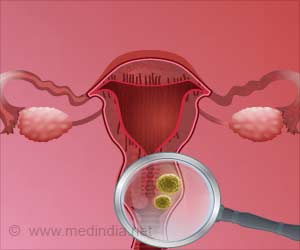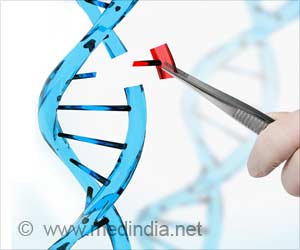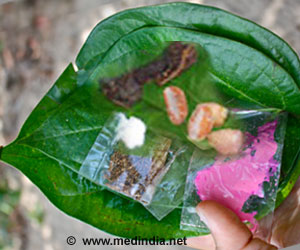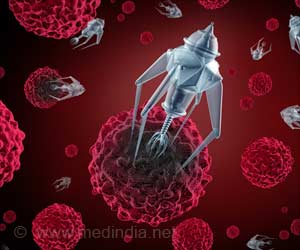
‘A web-like network formed by individual Lego-like bricks can structurally attack cancer cells and kill them quickly without side effects.’
Read More..




Cancer is often treated with radiation therapy and chemotherapy. The chemicals administered in chemotherapy have various side effects. They affect various biochemical processes of the body to ensure that the tumor dies and can no longer grow. Read More..
Chemotherapy can become effective over time as the cancer cell can adapt to the chemicals, resist their effects and create different wats of growing.
"We have now tried to take a different approach and not to influence cancer by interfering with the biochemical processes, but to attack its structure directly," says Dr. David Ng, group leader in Prof. Tanja Weil's department at the Max Planck Institute of Polymer Research. The researchers synthetically produced a type of molecular Lego brick to attack the cancer cells structurally. These bricks travel into both normal and cancer cells through a special attachment.
When used alone, the Lego brick is harmless. However, the unique conditions present in the tumor set the Lego brick into a series of chemical reactions.
The environment in a cancer cell is more acidic, and it contains highly reactive oxidative molecules due to the cancer cells increased metabolic activity. The researchers took advantage of these properties.
Advertisement
"We thus attack the cancer cell in a way it cannot defend itself against," says Ng.
Advertisement
In the future, this method could be an alternative cancer treatment.
As a perspective, the researchers will continue to work on increasing the precision of the deformation and on the biodegradation of the net after the cancer cells have died.
Source-Medindia















